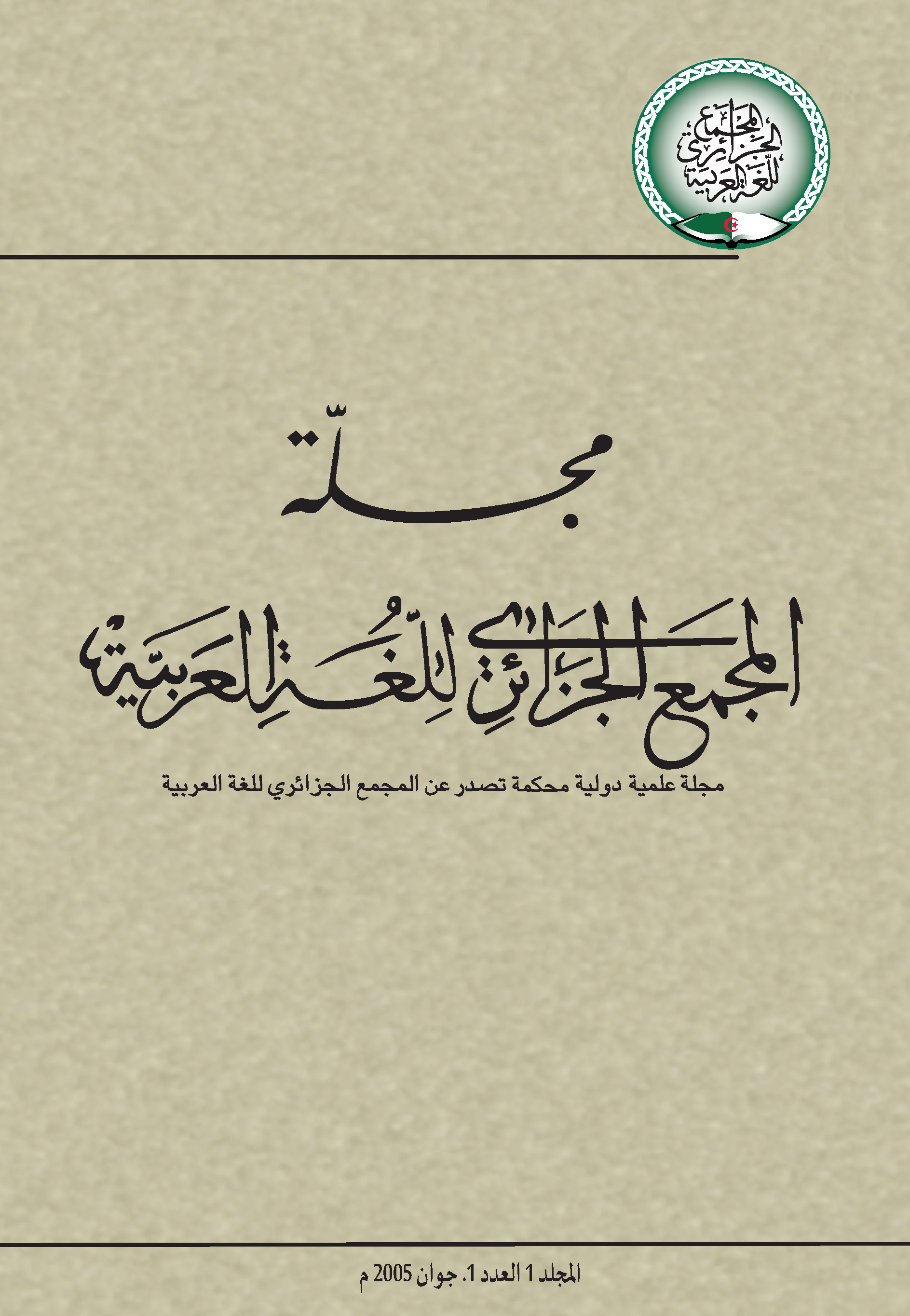Language Instruction and Translation: A Study of Concepts and Procedures
DOI:
https://doi.org/10.70443/jaaal.v1i1.267Keywords:
language instruction, translation), concepts and proceduresAbstract
Activating languages in the field of translation necessitates a deep awareness of the importance of interaction between linguistic systems and intellectual and cultural contents belonging to linguistically heterogeneous societies. This interaction enhances the principle of linguistic diversity and cultural variety at its highest levels. If translation, as a practice, aims to transfer cultural and civilizational contents from a target language, it is required to broaden its cognitive scope to establish a linguistic environment with psychological and social dimensions for coexistence between languages and cultures.
Thus, the act of translation may legitimize diversity in translation, positioning it as a means that surpasses other methods as a synchronous linguistic process, starting from a linguistic corpus of the source language and ending in another corpus (the target language). If so, translation, as an operational and educational act, is the optimal model for the interaction of languages and cultures, unrivaled in its role as a procedural activity aiming to activate languages in a manner that truly reflects the universality of languages and humanity.
Downloads
Downloads
Published
Issue
Section
License
Copyright (c) 2005 Authors

This work is licensed under a Creative Commons Attribution-NonCommercial 4.0 International License.













 Majallatu Almajmaʻi Aljazāʼirīyi lillughati alArabīyah (Journal of Algerian Academy of the Arabic Language) is Published by
Majallatu Almajmaʻi Aljazāʼirīyi lillughati alArabīyah (Journal of Algerian Academy of the Arabic Language) is Published by